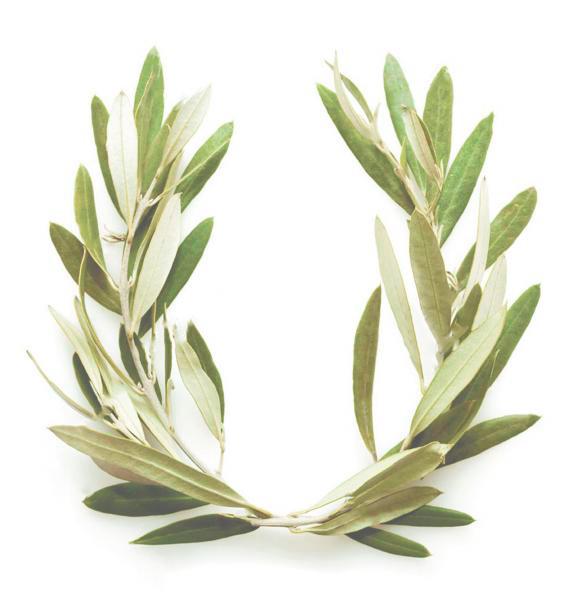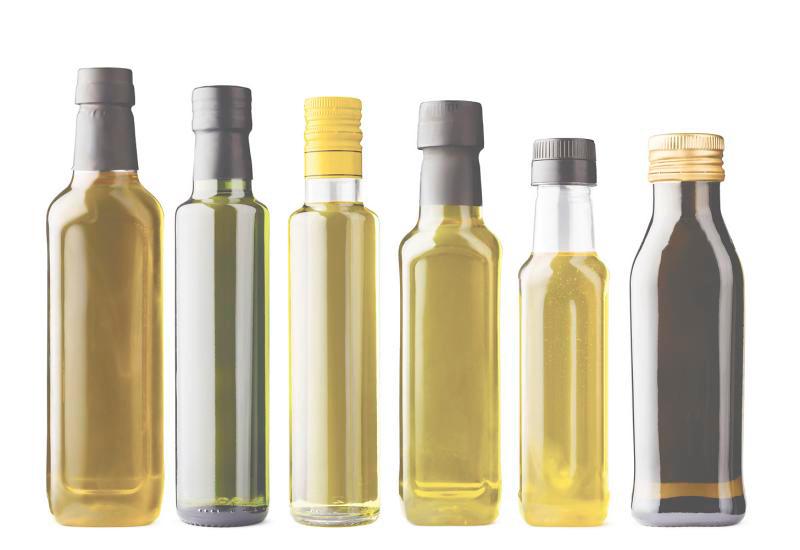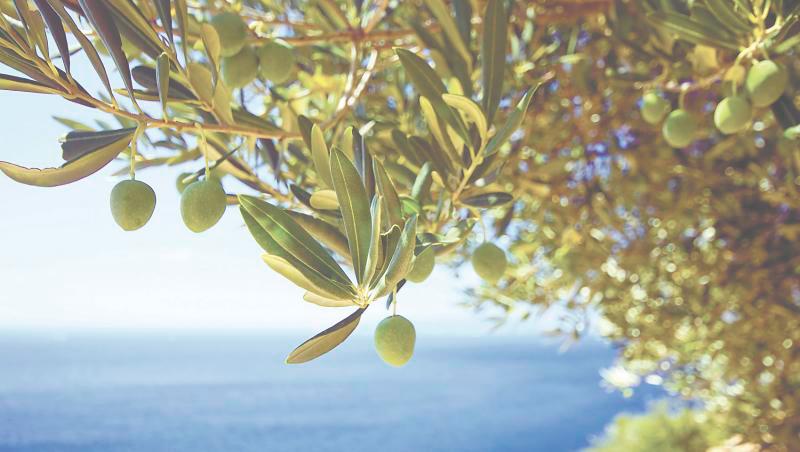Olives have been cultivated alongside Mediterranean civilisations for more than 6,000 years
HUMANS have been cultivating olive trees for thousands of years, which means olives are among the oldest agricultural products around. Olive trees belong to the Oleaceae family and have a lifespan of 400 years or more. Let’s find out the history of olive oil and how it came to play such a crucial role in the food industry.
Olive tree culture has been closely linked to the rise and fall of the Mediterranean empires and other advanced societies throughout history. Because olive trees gave well-established civilisations wealth and a good future for food sources, agricultural nations developed into stable societies with the expectation of an ongoing food and olive oil supply.
This component was a necessity for population growth and expansion. Yet, olive trees must exist in a stable society and a tranquil environment in order for their fruit and olive oil production to be reliable.
Olives have been cultivated alongside Mediterranean civilisations for more than 6,000 years and are presently produced commercially on more than 23 million acres in the Mediterranean basin. Olives appear to have coexisted with humans for approximately 5,000 to 6,000 years, beginning in the early Bronze Age (3150 to 1200 BCE). Historically, olive oil was used for many purposes, including religious rituals, medicines, fuel in oil lamps, soap-making, and skin care applications.
Based on written tablets, olive pits, and wood fragments found in ancient graves, its origin can be traced to regions around the eastern Mediterranean coast in what is now southern Turkey, Syria, Lebanon, and Palestine. According to ancient Syrian documents, the value of olive oil was five times that of wine and two and a half times that of seed oils, circa 2000 B.C.
The propagation and trading of superior wine grapes, date palms, and fig varieties likely corresponded with the spread of the olive tree.
Interestingly, aside from producing oil, the olive tree branches were also used to create wreaths for the winners of the ancient Olympic Games. The olive wreath of the wild olive tree Kallistefanos Elea that grew in Olympia, Greece, was interlaced to make a circle or, more precisely, a horseshoe-like shape.

A pais amphithales (ancient Greek for “young male child with two living parents”) trimmed the sacred wild-olive tree branches at the temple of Zeus with a pair of golden scissors. He then placed them on a table made of gold and ivory in Hera’s temple.
The Hellanodikai, judges of the Olympic Games, took them and used to build wreaths and crown the winning athletes.
Olive oil’s golden era began with the Greeks, who utilised it for food, fuel, skin lotion, contraceptives, detergents, preservatives, pesticides, fragrances, and ornaments. Mycenaean Greece’s principal export was also olive oil (circa 1450–1150 BC).
As Greek colonies were established in other areas of the Mediterranean, the olive tree spread to Spain and the rest of the Roman Empire. The Roman conquest of Egypt, Greece, and Asia Minor boosted the value of olive oil as a commercial product, resulting in increased trade along the Mediterranean.
Olive trees were then brought to the Americas in the 16th century when cultivation began in regions with a climate comparable to that of the Mediterranean. While establishing missions in northern California, Spanish missionaries also planted olive groves. The first olive trees were planted in Southern California.
Later, when railroads were built in Spain in the 19th century, olive oil production went up. Because of this new way to travel around, the country became the largest olive grove in the world.
In the 20th century, Spain had a technological revolution that made it possible to make even better oils that won every year at the most prestigious competitions in the world. When it comes to the amount and quality of olive oil, Spain is now the world’s leader.
Indeed, olive oil took some time to gain recognition all over the world, but this liquid fat contains health benefits that have been linked to the liquid fat’s antioxidant and anti-inflammatory characteristics. These days, olive oil is a staple in many kitchens and is used for everything from frying to salad dressing. Look below for the different types of olive oil.
Types of Olive Oil

Olive oil is made by first crushing washed olives into a paste. The mixture is crushed and spun to separate the oil and water from the solids. The water is then taken out, leaving only olive oil. The taste and colour of olive oil depend on where and what kind of olives are used. Whether olives are picked when they are still young or when they are fully grown, could change how they taste.
Extra Virgin Olive Oil
There is no better olive oil than this. This is the highest quality olive oil available. It has a free acidity of no more than 0.8% and comes from virgin olive oil production (mechanical, with no chemical treatment), both of which are regarded as having exceptional flavour. For a healthy and flavorful salad dressing, nothing beats extra-virgin olive oil.
Virgin Olive Oil
When compared to extra, this olive oil is not quite as high grade because it contains roughly 1.5% free acidity. However, this olive oil is still considered virgin if it has been cold-pressed directly from the olives without the use of any heat or additives. Excellent taste and versatility in the kitchen.
Extra Light Olive Oil
Flavour-wise and visually, this olive oil is more delicate, but it still contains the same amount of fat and calories as regular olive oil. This flavourless olive oil is perfect for baking and other applications where a stronger flavoured oil would be too overpowering.
Olive Pomace Oil
Is olive pomace oil the lowest type of olive oil that you can buy? The truth is that its method of extraction is used. As such, refined and pure olive oils are made from virgin olive oils that have been physically pressed, squeezed, or spun. No chemicals are used in this process. Instead, olive pomace is ground up and a solvent, commonly hexane, is used to get the oil out of it.









